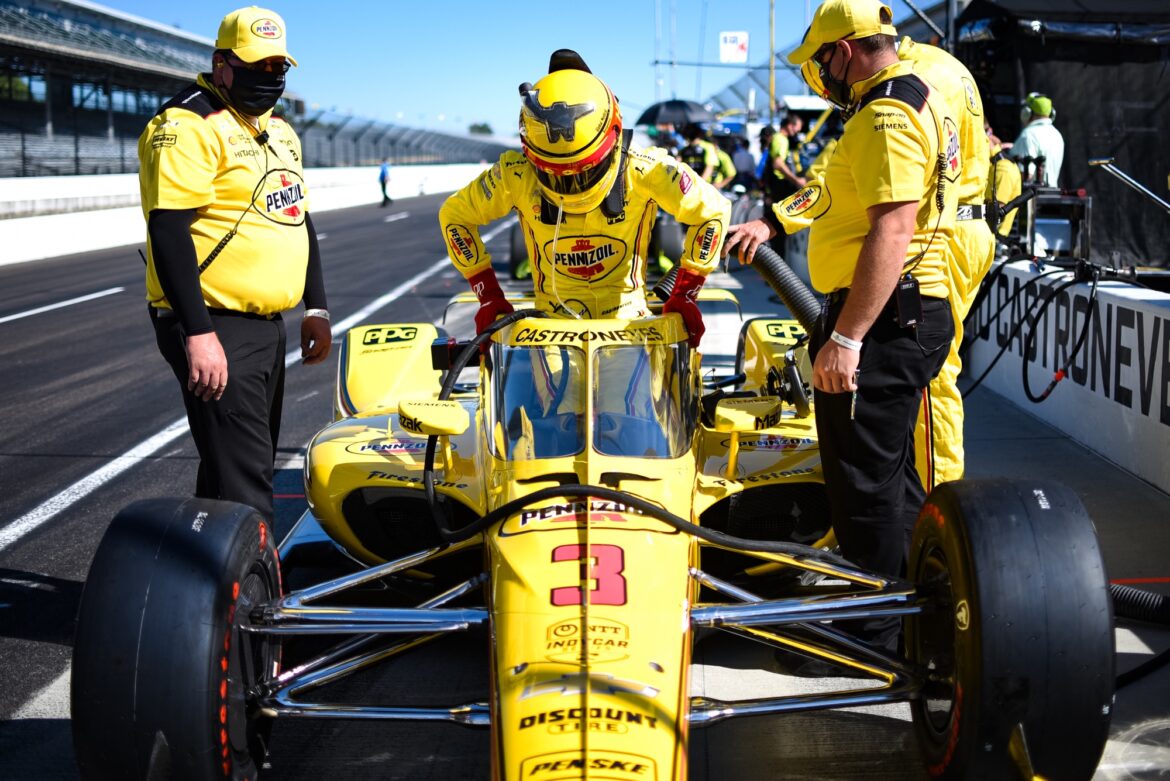So Helio Castroneves finally won a championship, a fitting cap to a remarkable and successful 21-year run with Penske Racing. Castroneves teamed with Ricky Taylor to win the Daytona Prototype International class of the 2020 IMSA WeatherTech Sports Car Championship to claim the second consecutive DPi crown for Acura Team Penske after a compelling and sometimes contentious season of American sports car racing.
Helio’s long-awaited championship came at the end of a week in which he confirmed his return to Indy car racing in 2021 on a part-time basis. He’s slated to run six races, including the Indianapolis 500, in a Dallara-Honda for Meyer Shank Racing. It’s a foregone conclusion that the Brazilian will run IMSA’s endurance contests for MSR as the growing organization steps up to campaign an Acura DPi.
Castroneves and Taylor went on a tear in the summer and won four times in a five-race stretch to vault into championship contention. A team orders victory gifted at Laguna Seca Raceway helped them take the points lead, and they held off the Wayne Taylor Racing duo of Ryan Briscoe and Renger van der Zande despite a mechanical delay and last place finish in the season-ending Mobil 1 12 Hours of Sebring.
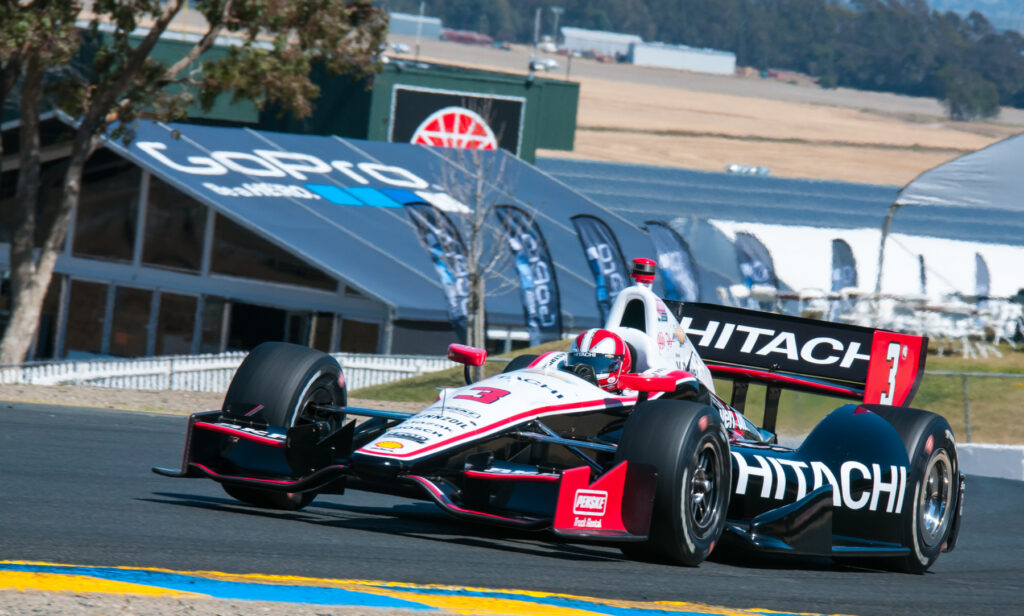
Other than having a reputation as an aggressive blocker (and a 2009 federal tax evasion case that resulted in acquittal), Castroneves generally maintained a squeaky-clean image throughout his 25-year American career. His popularity was boosted by regular appearances on ABC’s “Dancing With The Stars” series, including teaming with Julianne Hough to claim the top prize in Season 5.
Helio’s intensity and desire to win the IMSA championship in his last, best shot at a title, was put on display as the 2020 season wound down. In the aftermath of the collision with Taylor driving that possibly cost the No. 7 Acura victory in the Motul Petit Le Mans, he charged down to the Action Express Racing pit and exchanged harsh words in Portuguese with AXR driver (and fellow Brazilian) Pipo Derani. Then at Laguna Seca, Castroneves appeared to initiate contact with the No. 31 AXR car driven by Felipe Nasr (yet another Brazilian) on the out lap for practice. He deflected direct questions about the incident in a manner familiar to those of us who have covered his U.S. career from the beginning.
Helio and his roommate and Indy Lights teammate Tony Kanaan could barely speak English when they landed in Columbus, Ohio in 1996 to drive for Steve Horne’s Tasman Motorsports team. Led by Kanaan, they finished 1-2 in the 1997 Lights standings and both graduated to the CART-sanctioned Indy car series in ’98, Kanaan remaining with Tasman while Castroneves joined Tony Bettenhausen’s team. He led 16 laps at Long Beach and finished second at Milwaukee, then backed it up with some impressive performances in 1999 after moving to Hogan Racing.
Carl Hogan was ready to shut down his team at the end of the 1999 season and Castroneves appeared to be out of a job. Then Greg Moore was killed in the CART finale at California Speedway, and within days, Roger Penske signed Helio as Moore’s replacement.
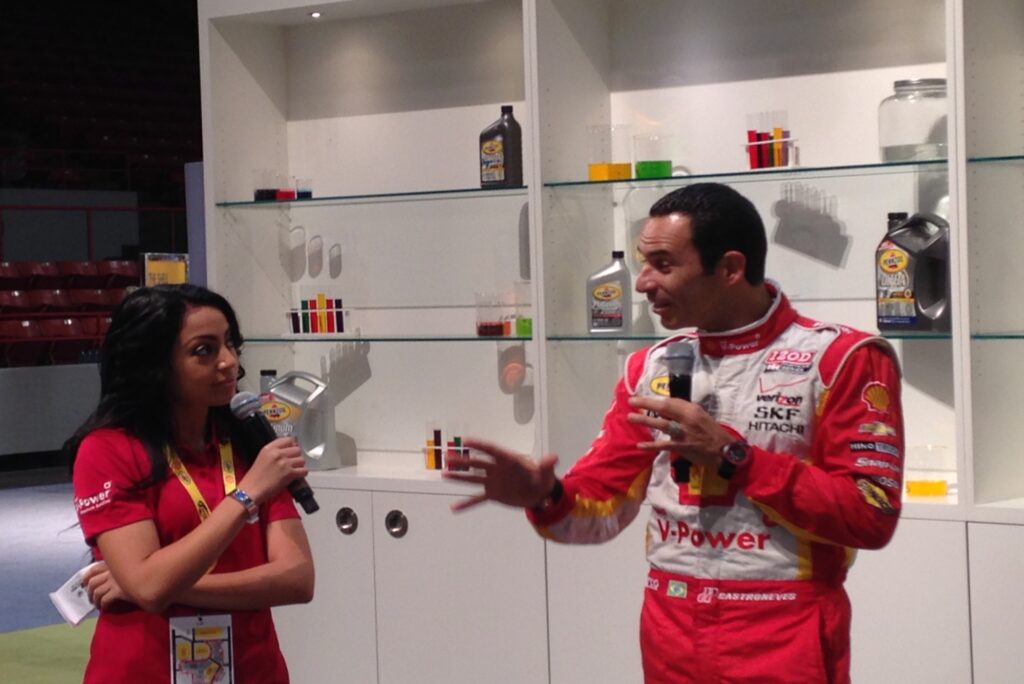
The rest is history: 30 Indy car race wins (6 in CART, the remainder IRL/IndyCar), and 47 pole positions. Of course, Castroneves is best known for his three victories in the Indianapolis 500, in 2001, ’02 and ’09. He’s also a four-time pole sitter. Helio’s 2002 Indy win will always be shrouded in controversy; video evidence showed that Paul Tracy passed him for the lead entering Turn 3 on Lap 198 just before caution was signaled for an accident that happened at the opposite end of the track. At the height of the IRL/CART war, the ruling placing Castroneves ahead of Tracy (and the way the subsequent protest was summarily dismissed) represented the nadir of the Split era’s politics.
After making the jump from CART to IRL with Penske in 2002, Castroneves established himself as one of Indy car racing’s top stars. From 2002 to 2017, he finished lower than sixth in the championship only once, claiming second in the standings four times and third another three.
When Helio won his first Indy car race, a CART event at Detroit Belle Isle in 2000, he spontaneously stopped his car, jumped out, and climbed up the chain link fence at the edge of the track to exult for the fans. After his first triumph at Indianapolis, a little under a year later, the entire Penske team joined him for his then established trademark victory fence climb. The celebration has since been copied by too many others to mention, most notably Tony Stewart.
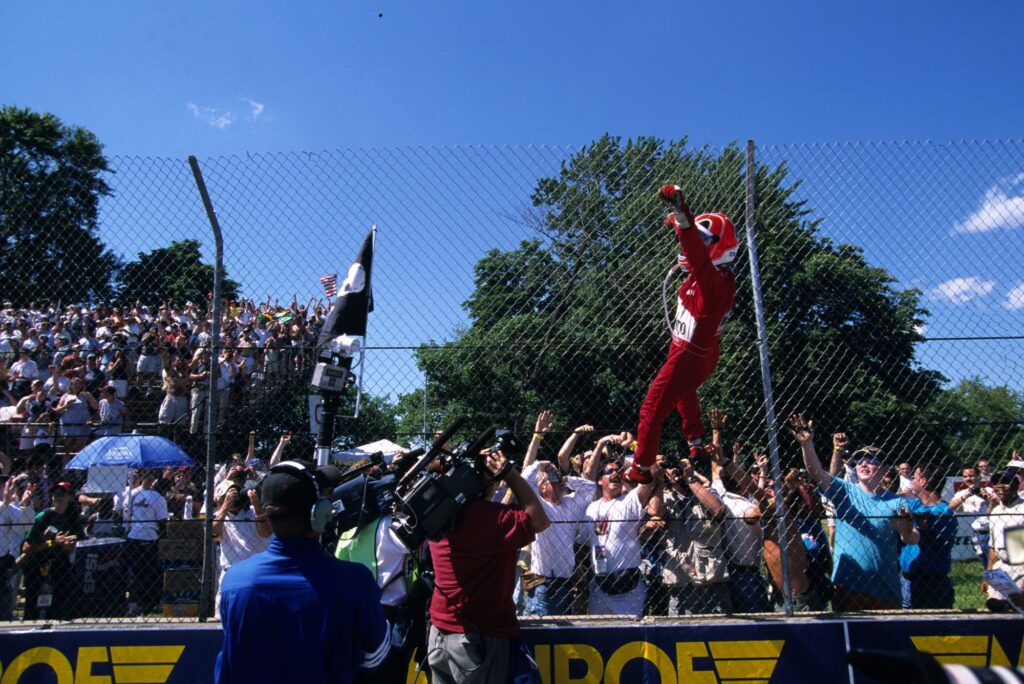
Castroneves could often be a challenging interview, rarely deviating from programmed talking points and reluctant to reveal anything too personal. There was one fascinating exception. In 2011, I was asked to ghost-write a regular column for Helio that was posted on ESPN.com. Once a month or so, I’d interview him, then type up the column for his approval before it went through editorial channels with Team Penske and ESPN.
The summer of 2011 featured a series of officiating gaffes in the IRL, including restarting the New Hampshire race in a rain shower and a near collision between Graham Rahal’s race car and a safety truck at Baltimore. Helio told me, “I want to send a message with this column, keep it positive, but with some strong constructive criticism.”
I sent Helio the column, with his chosen title ‘A Wake-Up Call for the IndyCar Series,’ and he said, “This is exactly what I wanted to say.” So it was a surprise to both of us that the column that appeared on ESPN.com a few days later bore little resemblance to the column we created, thanks to some heavy-handed editing from Penske PR.
The next race was at Motegi, Japan. I walked into the dining tent with my colleague Jeff Olson, and we immediately saw a group of Penske people including Castroneves sitting in a corner. Helio motioned us over.
“Hey, what happened to our column?” he asked. He was clearly unhappy.
“Ask him,” I responded, pointing to the Penske PR guy. I was delighted that Helio was on my side, that he was genuinely disappointed and upset that the words published were not the words we intended.
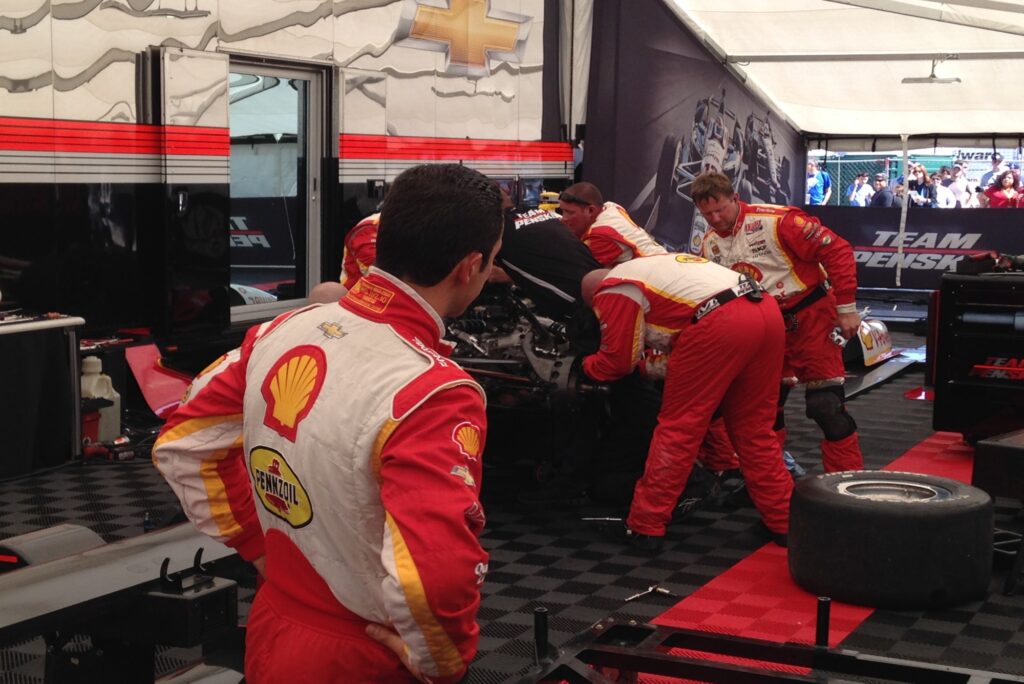
Castroneves sometimes takes some flak for being a little too bubbly and happy-go-lucky on camera, but that’s just who he is. I can count the number of times I’ve seen him lose his cool over the last 25 years on one hand, and it’s always amazing to see simply due to its rarity.
He’s had a hell of a career in America, and with his part-time deal for 2021 signed and sealed, he gets to continue that career mostly on his own terms. That’s mighty rare in this day and age.


